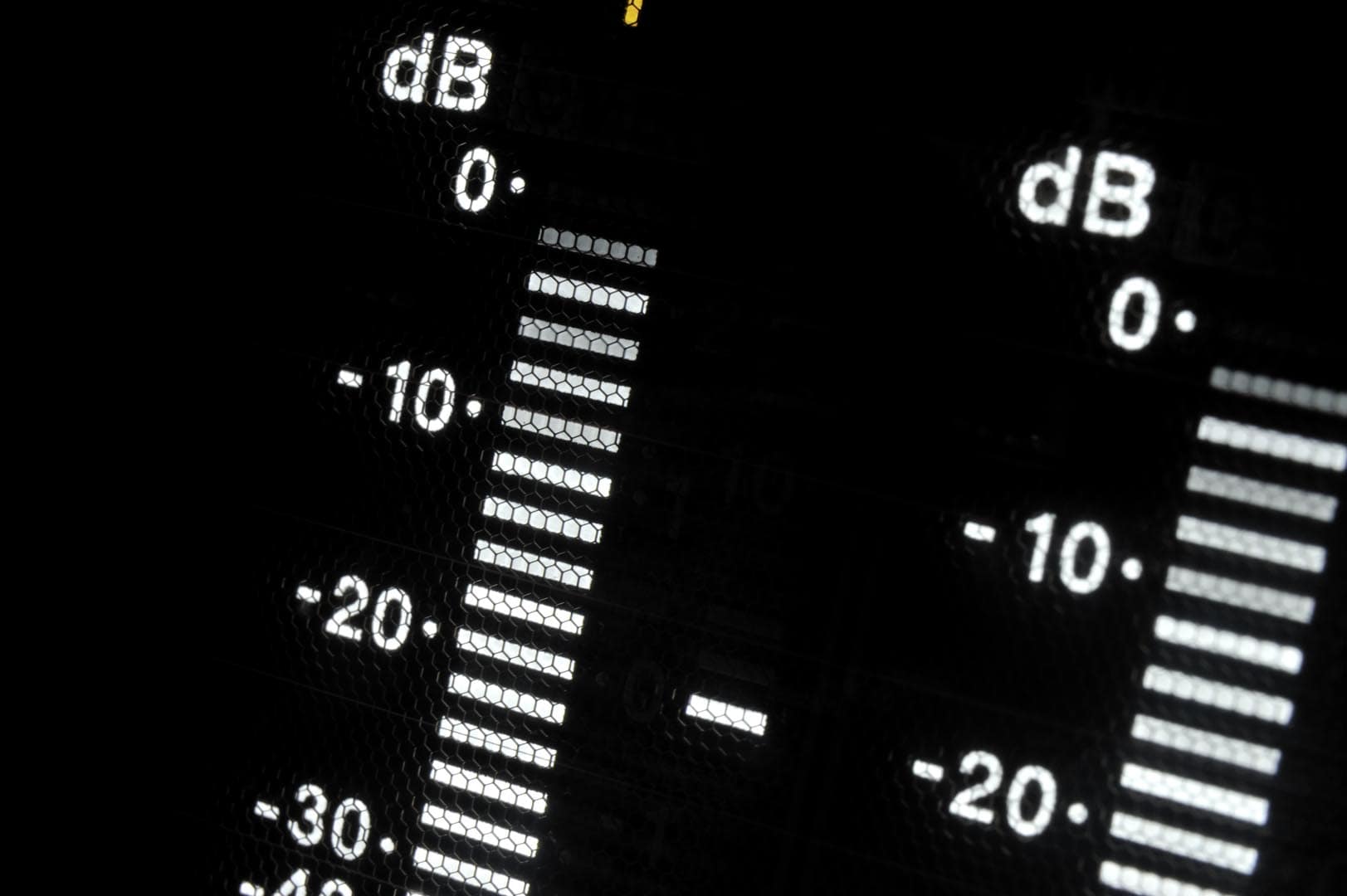Audiogram and Tympanogram
Autism is a complex disorder that involves the cognitive, motor, physical and social development of your child. As it is known, autism makes speech and communication abilities dysfunctional at different levels and sometimes communication difficulties arise from impairments in hearing. That’s why a consultation with an audiologist is sometimes required by your child’s physician.
Audiogram
An audiogram is a chart showing the faintest level at which an individual is able to detect sounds of various frequencies usually in octaves from 125 Hz to 8000 Hz. An audiogram is produced by a test called audiometry. Audiometry is testing the sensitivity of the sense of hearing, wherein the lowest intensity of sound at which your child can perceive auditory stimuli or hearing threshold is determined. It can also distinguish different speech sounds. Audiometry is conducted by an audiometrist and an audiologist interprets the findings.
How Audiometry Works
An audiometry test involves the presentation of different kinds of tones at a specific pitch and loudness to your child thru a set of headphones. Your child will be instructed to raise his or her hand when a sound is heard. The lowest intensity of sound your child will be able to hear is the recorder.
If your concern is that your child is too young to be able to raise his hand and follow instructions from the audiometrist, do not worry. Usually, movements can tell that your child has heard something. An example would be your child turning his or her head when a sound is heard. Some audiometrists give play instructions such as placing a wooden block in a container when a sound is heard.
If the result is normal the audiogram usually presents as a straight line on the chart. Small variations are, in most cases, considered normal. Large variations from the norm may indicate a hearing impairment caused by several different things such as old age and constant exposure to loud sounds. Certain diseases can also cause hearing impairment like Meniere’s disease. All variations are shown as a change in shape in the audiogram.
Tympanogram
Another hearing test that your child’s audiologist may recommend is a test called tympanogram. A tympanogram is a graphic representation of the acoustic impedance and air pressure of the middle ear and mobility of the tympanic membrane, measured as a part of the audiology test and battery.[i] Different kinds of conditions may be determined by conducting a tympanogram such as otitis media, Meniere’s disease, or tympanic membrane perforations.
Tympanogram is usually recommenced to test if children have the presence of fluid in the middle ear, eardrum perforation, or Eustachian tube dysfunction. If your child fails a tympanogram test it is strongly advised that you consult the result with your child’s primary health clinician or pediatrician in order for the cause of the abnormal result to be further evaluated and interventions to be done.
How to Prepare your Child for an Audiogram or Tympanogram
As with every child with autism, routine is an important factor. Introducing new things to your child with autism should be planned and done gradually. Here are some tips on how you can prepare your child for an audiogram or tympanogram test without stressing your child:
Use Social Stories to explain to your child why and how he or she is getting an audiogram or tympanogram test.
Make use of picture cards to introduce an audiometrist or other health personnel he or she might meet during the actual day of the test. Showing your child pictures of the clinic and the new equipment and sound he or she might encounter that day is also suggested.
Introduce your child to a set of headphones and tell your child that something like that would be used during the test. Practicing putting on the headphones may also be a good way of introducing the test to your child.
You can visit the venue where the test is to be conducted prior to the actual day of testing. This way child, your child will feel comfortable and your child will not be subjected to a new place and a new test all in one day. It lessens your child’s stress level.
If your child closely trusts his or her pediatrician, it would be an added advantage to your child if the pediatrician can explain why the test is needed.
Do not force your child to take the test when he or she does not want to. The test will more likely fail if you force your child. Reschedule the test if necessary.
References:
sesa.org/2010/05/understanding-audiograms/
parents.berkeley.edu/advice/toddler/speech.html
Mosby (2002) Mosby’s Pocket Dictionary of Medicine, Nursing & Allied Health(4th ed). Singapore: Elsevier
Copyright © by Special Learning Inc. All right reserved.
No part of this article may be reproduced in any manner whatsoever without written permission except in the case of brief quotations embodied in critical articles and reviews. For information, contact Special Learning Inc., at: contact@special-learning.com








